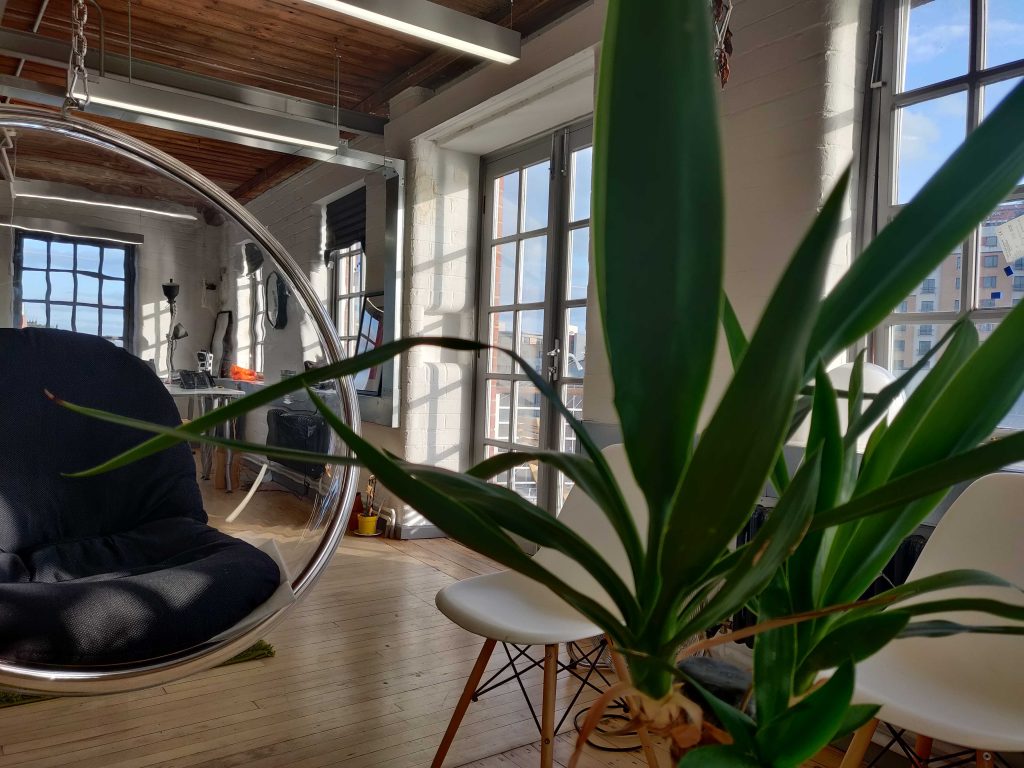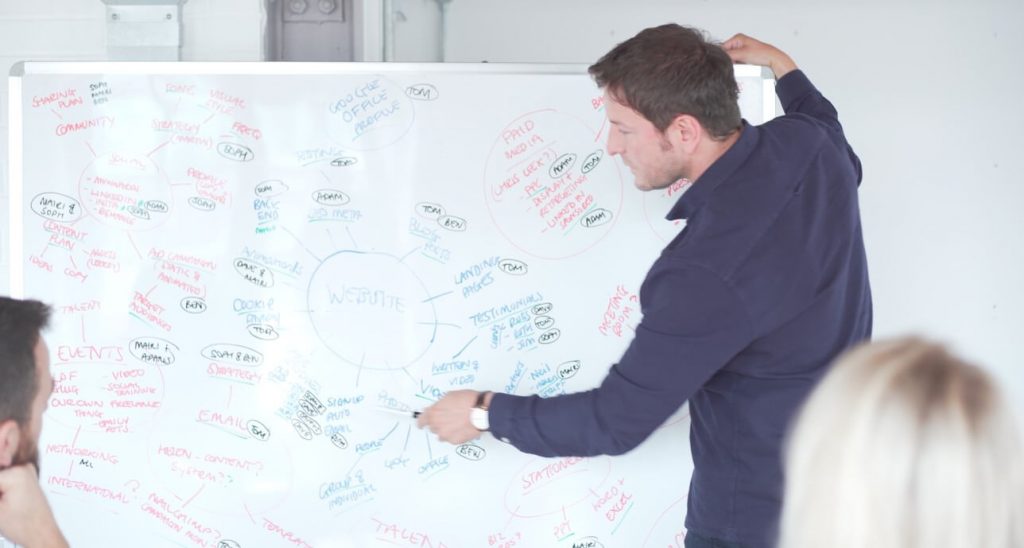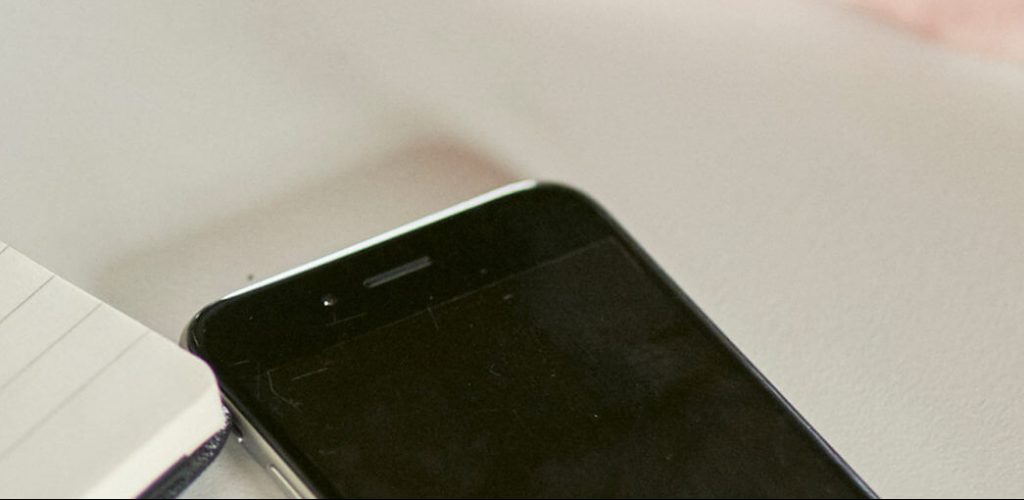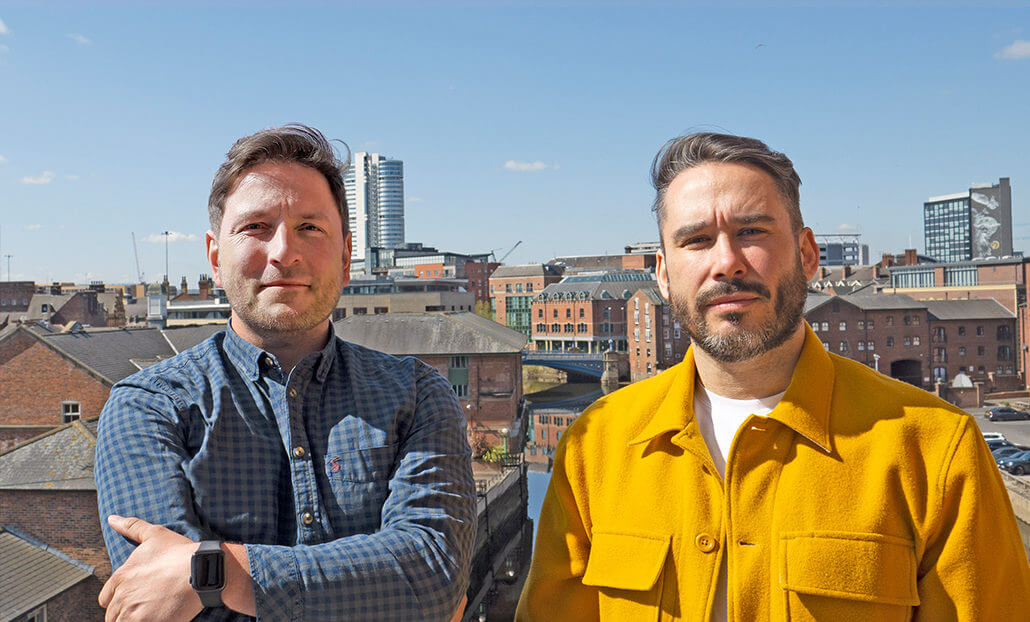As we approach the midway point in the year, it seems right to take a pause. To look how far we’ve come as an agency, as an industry, as a nation. Over half the country is now vaccinated, shops, restaurants and pubs (boom!) have reopened, but Covid variants are still emerging, and we have a traffic light system dictating the fate of the elusive summer holiday abroad. It’s an awkward stage, but we’re finding a way through this continuing state of flux. But what does the picture look like at the other side of all this?
For businesses of every size, the pandemic has fired out challenges and opportunities in equal measure, but what it has demanded with absolute clarity is the need for change. We’ve taken a look at what we think these changes could look like, for agencies, for the people that make them and for clients.
People & Space
We’ve all seen that slide in the creds deck, “6 offices, 3 countries, 250 people”, *pause for the client to swoon at the numbers*. But is that the reality anymore? We don’t think so. Now more than ever, the idiom of ‘bigger means better’ crumbles when it comes to agencies. It is neither a mark of quality, expertise, trustworthiness, or least of all, agility.
The result of the pandemic will see this trend reverse. Office spaces being reduced from 10,000 sq ft to 2,000 sq ft. Offices that consist solely of meeting rooms and hot desks. That 5-year lease is now a rolling monthly WeWork space (or similar). There are clear positives from splitting the traditional office space with the workspaces created at home. A better work-life balance. Increased productivity and diversified ways of working. Plus, the dog has become very accustomed to his lunchtime walkies.

This also means the need for numbers of staff has changed too. With agencies taking advantage of the Furlough scheme, smaller teams have worked more efficiently and effectively with tighter numbers. This goes for client teams, too. A massive trend of in-housing work that was once an agency’s bread and butter has reduced revenues and therefore, headcounts. As we see these transformations settle as we get further into the year, this mix means that ways of working and the classic client / agency relationship will transform, too.
Relationship Status
We’ve seen industry-wide demand for more efficient and effective working, meaning smaller budgets have to work harder. This will become the norm. Client internal teams have seen restructures, responsibilities increased and realigned meaning less ‘farming out’. This will change the way clients spend with their agencies and the need for different specialisms to be sourced instead of the ‘usual’ agency team. We see a greater emphasis on strategic support to help navigate the ever-rapidly shifting consumer landscape and an eagle eye on the technologies needed to help make client responses to this a success.
We’ve all heard the line in a pitch, “we’ll act as an extension of your team”. In our collective experience outside Perfect Storm, we’ve seen this realised in varying degrees of truth. But when it comes to the future of the agency, the need for this delicate and nuanced way of working will be more important than ever. From a budget, expertise and relationship perspective, having a scalable, specialist and reliable team gives clients the support they need when they need it most. A switch on, switch off style of working that can suit budgets big and not-so-big. This will present a real challenge for the bigger agencies out there.

We’ve all heard the line in a pitch, “we’ll act as an extension of your team”. In our collective experience outside Perfect Storm, we’ve seen this realised in varying degrees of truth. But when it comes to the future of the agency, the need for this delicate and nuanced way of working will be more important than ever. From a budget, expertise and relationship perspective, having a scalable, specialist and reliable team gives clients the support they need when they need it most. A switch on, switch off style of working that can suit budgets big and not-so-big. This will present a real challenge for the bigger agencies out there.
All Talk, More Action
We know that communication is key to all manner of good relationships. Lockdown as seen them thrive and dive. In this time, we’ve all become masters of Microsoft Teams and Zoom to the point that making a phone call can seem truly old-school. The weekly client meetings sat around a table now feel old hat. What were we thinking? But with that lack of face-to-face contact, we have forever changed the way we connect with our teams and clients as people. Sure, we now know more about their interior design choices, but we miss a whole layer of human understanding in body language and the softer social space outside of the immediacy of the screen. We’ve yet to invent a technology that can provide a connection akin to a real-life human connection.

On the flipside, when it comes to the advances engendered by the pandemic, technology takes the number one spot. Agencies and clients will enjoy the ever-evolving benefits of this tech. When a train or flight to see a client or host a workshop will eat into precious budgets or timescales, we now have a beautiful set of solutions. The likes of Miro have entered the mainstream and allow teams to collaborate effectively in real time.
But the future of the agency should take great care, as early signs tell us that tech is used by in different ways by individuals or teams depending on their function. This creates a tangle of systems and information. Attention to staff training when tech is introduced so the full potential of each platform is harnessed will be essential. Rigour in process management around when and what each piece of tech should be used for should be carefully considered and clearly communicated.
The Measure of Success
At Perfect Storm, success metrics are a cornerstone of our workflow. We prove that client investments are well-placed with us. What measures matter most to clients varies by business, by brand, by project and team, but the importance with which these metrics are built into our workstreams remains consistent.
As the markets change, consumer behaviour shifts, and best practice evolves so too will the measures of success. Agencies need to be prepared for clients to demand more. Gone are the days of generic, crowd-pleasing metrics or unreviewed KPIs left to gather dust in a forgotten tab of the project manager’s progress report. Harder working budgets, mean harder working, more informative measures that can drive optimisation. Clients will challenge their agencies on what effect each action is driving. ‘Why?’ will be the word on everyone’s lips, and why not? Metrics will change, take centre stage, reporting will diversify, become more granular and an increased focus on the changes they’re driving.
Covid the Culture Vulture
Agencies and clients alike will have experienced the valiant, yet more-often-than-not, failed attempts to keep the company spirit alive and well whilst working from home. With each passing month, the all-agency quiz, or the ever-increasingly underwhelming box of sweets signified the passing of another seasonal event. These efforts, well-intended as they were, somehow rendered individuals feeling less connected than ever to the ‘agency that was’. The human touch that gave these events meaning was missing. So where do we go from here?
Given the titanic nature of what so many have been through since the start of the pandemic, the ‘return to the office’ planning must incorporate a re-evaluation of company culture. We are not the same, so we can’t return to the way it was.
We must move forward with a renewed understanding of ourselves as individuals and as a collective business. We need to assess what we have learned, what is important to us and where we want to go. We need to build this into our working lives to create guiding principles and cement a new culture that means we can flourish. We will try new things. We will get it wrong, and we will try again. But try we must.
When it comes to culture, the future of the agency will rest on their ability to listen and learn from the people that make them. They are the reason they are still standing and the key to its future.
